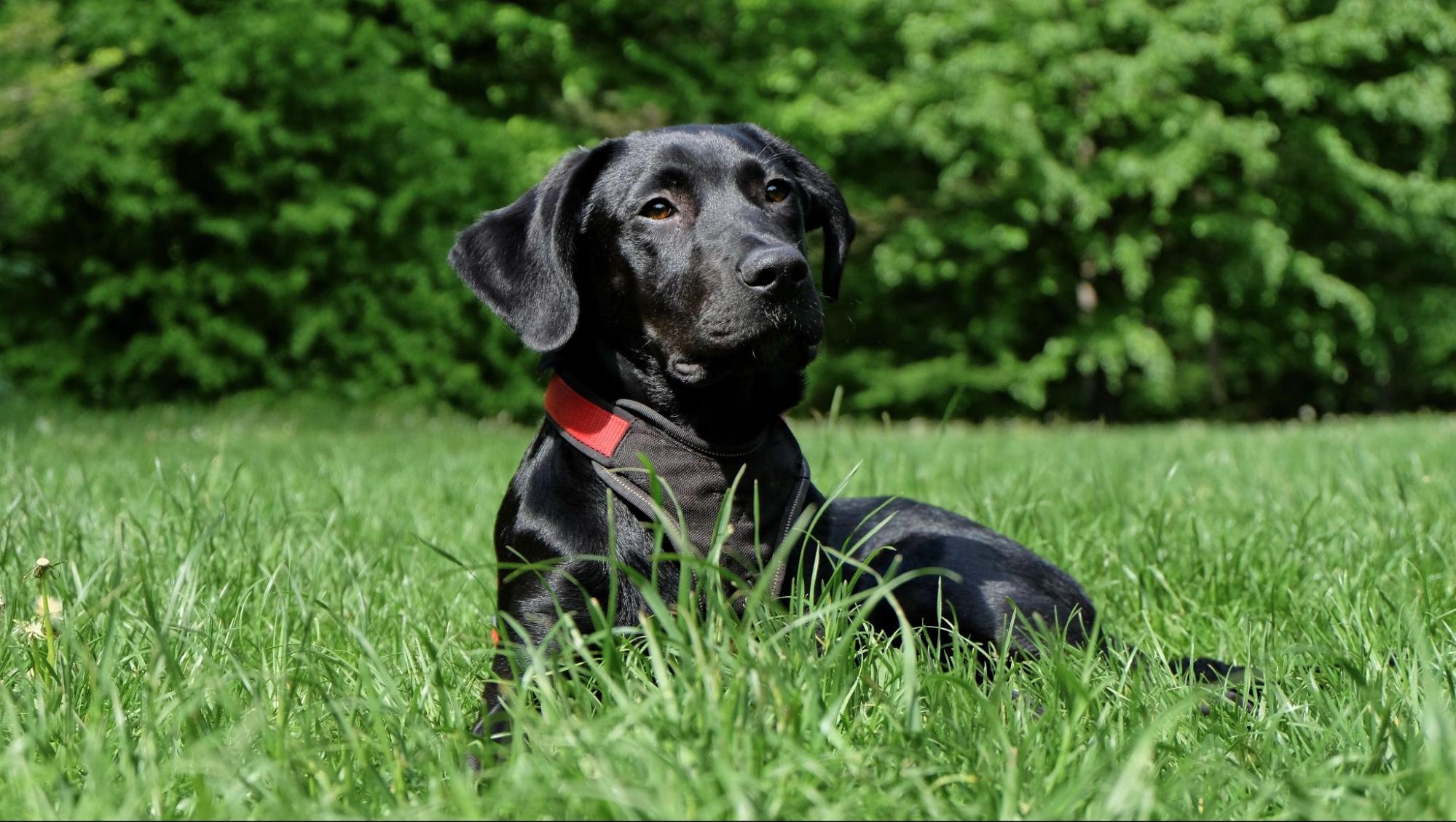Sporotrichosis in Dogs
Sporotrichosis in dogs is a fungal infection that primarily affects the skin and subcutaneous tissues. This condition is caused by the fungus Sporothrix schenckii, which is commonly found in soil, plants, and decaying organic matter. While sporotrichosis can occur in any breed of dog, certain breeds like Labradors may be more susceptible due to their outdoor activities and potential exposure to the fungus.
One of the key factors contributing to sporotrichosis in Labradors is their love for exploring and digging in various environments. Labradors are known for their energetic nature and curiosity, which often leads them to investigate different areas outdoors. Unfortunately, this can put them at a higher risk of coming into contact with soil or plant material contaminated with Sporothrix schenckii.
If you notice any suspicious symptoms on your Labrador’s skin such as nodules, ulcers, or draining abscesses that are not healing properly, it’s important to consult with a veterinarian promptly. Early diagnosis and proper treatment are crucial in managing sporotrichosis in dogs. With appropriate antifungal medications and supportive care, most cases can be effectively treated, helping your beloved Labrador recover comfortably.
Remember to take precautions while allowing your Labrador to explore outdoor environments where the fungus might be present. Regularly inspecting their coat and paws for any signs of lesions or abnormalities can also help catch sporotrichosis early on. By being vigilant about your Labrador’s well-being and implementing preventive measures when necessary, you can help keep them safe from this fungal infection.

Understanding Sporotrichosis in Dogs
Sporotrichosis, also known as “rose gardener’s disease,” is a fungal infection that can affect dogs, including Labradors. As an expert in the field, I’ll provide you with a comprehensive understanding of this condition and its implications for our furry friends.
- What is sporotrichosis? Sporotrichosis is caused by the fungus Sporothrix schenckii and is primarily found in soil and decaying plant matter. It can be transmitted to dogs through direct contact with contaminated material or through scratches or bites from infected animals.
- Symptoms to watch out for: Dogs with sporotrichosis may display various symptoms including skin lesions, swelling, nodules or ulcers on the nose, paws, or limbs. These lesions often start small but can gradually worsen over time. Other signs may include lameness, fever, coughing (in cases of respiratory involvement), and weight loss.
- Diagnosis and treatment: If you suspect your Labrador has sporotrichosis, it’s crucial to consult a veterinarian promptly. Diagnosis involves a combination of physical examination, sample collection from affected areas for laboratory analysis, and possibly imaging tests like X-rays. Treatment typically involves antifungal medications administered orally or topically for several weeks to months until the infection clears up.
- Preventing sporotrichosis: While it might not be possible to completely eliminate the risk of sporotrichosis in dogs that spend time outdoors, there are steps you can take to reduce their exposure:
- Avoid allowing your dog to roam freely in areas where fungal contamination is likely.
- Regularly inspect your dog’s skin for any signs of lesions or abnormalities.
- Practise good hygiene by washing your hands thoroughly after handling soil or plants that could potentially carry the fungus.
- Potential risk to humans: It’s important to note that sporotrichosis can also be transmitted from dogs to humans, although it is generally rare. However, individuals with compromised immune systems may be more susceptible. If you or a family member develop skin lesions after contact with an infected dog, seek medical attention promptly.
- Monitoring and follow-up: Once treatment begins, it’s crucial to closely monitor your Labrador’s progress and adhere to the veterinarian’s instructions regarding medication dosage and administration. Regular check-ups will help ensure that the infection is fully resolved and prevent any potential relapses.
In conclusion, understanding sporotrichosis in dogs, including Labradors, is essential for their well-being. By being aware of the symptoms, seeking prompt veterinary care, and taking preventive measures, we can help protect our furry companions from this fungal infection.